First exhibition devoted to the greatest French follower of Caravaggio to open at The Met in October
Valentin de Boulogne (French, Coulommiers-en-Brie 1591-1632 Rome). Samson, 1630-31. The Cleveland Museum of Art, Mr. and Mrs. William H. Marlatt Fund.
NEW YORK, NY.- The greatest French follower of Caravaggio (1571–1610), Valentin de Boulogne (1591–1632) was also one of the outstanding artists in 17th-century Europe. In the years following Caravaggio's death, he emerged as one of the most original protagonists of the new, naturalistic painting. Valentin de Boulogne: Beyond Caravaggio will be the first monographic exhibition devoted to this artist who is little known because his career was short-lived—he died at age 41—and his works are so rare. Around 60 paintings by Valentin survive, and this exhibition will bring together 45 of them, with works coming from Rome, Vienna, Munich, Madrid, London, and Paris. Exceptionally, the Musée du Louvre, which possesses the most important and extensive body of Valentin's works, will lend all of its paintings by the artist.
Valentin de Boulogne (French, Coulommiers-en-Brie 1591-1632 Rome). Allegory of Italy, between 1627 and 1628. © Institutum Romanum Finlandiae.
Not since 1973, when an exhibition of the French followers of Caravaggio was held at the French Academy in Rome and at the Grand Palais in Paris, has there been an attempt to bring the achievements of this extraordinary painter before a large public. Therefore, this exhibition will be a landmark event not only for scholars and students, but also for art lovers, who will discover one of the giants of French painting. Although he is not well known to the general public, Valentin has long been admired by those with a passion for Caravaggesque painting. His work was a reference point for the great realists of the 19th century, from Courbet to Manet, and his startlingly vibrant staging of dramatic events and the deep humanity of his figures, who seem touched by a pervasive melancholy, make his work unforgettable.
Valentin de Boulogne (French, Coulommiers-en-Brie 1591-1632 Rome). Martyrdom of St Processus and St Martinian, 1629. © Pinacoteca Vaticana, Rome.
In the early years of the 17th century, Rome was the cultural capital of Europe, where aspiring artists from France, Spain, Germany, and the Lowlands flocked to experience the great monuments of the Roman past as well as the masterpieces of Raphael and Michelangelo. But once there it was the novel art of Caravaggio—one of the great revolutionaries of Western art—that attracted them. Caravaggio famously rejected the grand tradition that looked to the past, espousing instead a new kind of art based on painting directly from the posed model observed under a raking light that enhanced its dramatic impact—a lighting effect that was emulated by filmmakers in the 1930s.
Valentin de Boulogne (French, Coulommiers-en-Brie 1591-1632 Rome). The Judgment of Solomon, circa 1625. © Musée du Louvre, Paris.
Caravaggio's revolution redrafted the artistic landscape of Europe and when he suddenly died in 1610 of malaria, the void he left was filled by two painters of genius. One was the famous Spaniard Jusepe de Ribera (1591–1652) who in 1616 moved from Rome to Naples, where he spent the rest of his life; the other was the Frenchman Valentin de Boulogne who spent the whole of his short career in Rome.
There is scant information about Valentin's life before he arrived in Italy, although it is known that he was born on January 3, 1591, not far from Paris, in the small town of Coulommiers. He was the son of a painter and glazier and he had a brother, 10 years his junior, who was also a painter. It is likely that Valentin first apprenticed with his father, but nothing is known about his career before he arrived in Rome, where he is documented by 1614.
Valentin de Boulogne (French, Coulommiers-en-Brie 1591-1632 Rome), The concert at the bas-relief (Le Concert au bas-relief), between 1622 and 1625. © Musée du Louvre, Paris.
Like so many young artists from the north of Europe and Spain, Valentin arrived in Rome with little training but a strong desire to make a name for himself. Caravaggio's practice of painting directly from the model, eliminating the intervening training that had been thought essential to the artist, opened a new dynamic for aspiring artists, as did the emergence of the art market. Artists no longer necessarily required the connections provided by a well-established master. And their realistic vocabulary was no longer aimed only at erudite connoisseurs—it appealed to the masses, thereby challenging the authority of Antiquity, Raphael, and Michelangelo. It also introduced an existential subtext to conventional images, such as Valentin's Samson with the Jawbone of an Ass (Cleveland Museum of Art). Painted for Cardinal Francesco Barberini, the nephew of Pope Urban VIII, the picture incorporates a self-portrait of the artist.
Valentin de Boulogne (French, Coulommiers-en-Brie 1591-1632 Rome), Christ Driving the Money Changers out of the Temple, circa 1618. © Roma, Galleria Nazionale d'Arte Antica, Palazzo Barberini.
Valentin's most frequent subjects are scenes of merriment, with music-making, drinking, and fortune-telling—themes associated with Caravaggesque painting, but treated in a hauntingly reflective fashion, as though meditations on the transience of the pleasures of life. But Valentin's greatest achievements were in the field of dramatic narratives and among the exhibition's highlights are the monumental Allegory of Italy (Finnish Institute, Rome), perhaps the most extreme statement of naturalism before Courbet; and the prestigious altarpiece commissioned from Valentin for Saint Peter's Martyrdom of Saints Processus and Martinian (Pinacoteca Vaticana, Rome). Much admired by contemporaries, the latter must have been studied by Velázquez, who visited Rome shortly after the painting was installed. In The Judgment of Solomon (Musée du Louvre), Valentin presents the Biblical story of the young Solomon, deciding the fate of a baby claimed by two women, as an unfolding drama, with the viewer as active participant.
Valentin de Boulogne (French, Coulommiers-en-Brie 1591-1632 Rome), Soldiers Playing Cards and Dice (The Cheats), circa 1618 to c. 1620. © London, National Gallery.
Valentin's life was cut short when, following a night of tavern-hopping, he contracted a fatal fever.
The exhibition is organized by Keith Christiansen, the John Pope-Hennessy Chairman of the Department of European Paintings at The Met, and Annick Lemoine, author of an authoritative book on Valentin's contemporary Nicholas Régnier.
Valentin de Boulogne (French, Coulommiers-en-Brie 1591-1632 Rome), David with the Head of Goliath and Two Soldiers, between 1620 and 1622. © Thyssen-Bornemisza Museum, Madrid.
Valentin de Boulogne (French, Coulommiers-en-Brie 1591-1632 Rome), El martirio de san Lorenzo, 1622 - 1624. © Prado Museum, Madrid.
Valentin de Boulogne (French, Coulommiers-en-Brie 1591-1632 Rome), Musician and Drinkers, circa 1625. © Musée du Louvre, Paris.
Valentin de Boulogne (French, Coulommiers-en-Brie 1591-1632 Rome), The Last Supper, between 1625 and 1626. © Roma, Galleria Nazionale d'Arte Antica, Palazzo Barberini.
Valentin de Boulogne (French, Coulommiers-en-Brie 1591-1632 Rome), The Judgment of Solomon, circa 1620. © Roma, Galleria Nazionale d'Arte Antica, Palazzo Barberini.
Valentin de Boulogne (French, Coulommiers-en-Brie 1591-1632 Rome), Moses, circa 1627/1632. © Kunsthistorisches Museum Vienna
Valentin de Boulogne (French, Coulommiers-en-Brie 1591-1632 Rome), The Fortune Teller, circa 1628. © Musée du Louvre, Paris.
Valentin de Boulogne (French, Coulommiers-en-Brie 1591-1632 Rome), The Four Ages of Man, circa 1626. © National Gallery, London.
Valentin de Boulogne (French, Coulommiers-en-Brie 1591-1632 Rome), Christ Crowned with Thorns, first half of 17th century. © Alte Pinakothek, Munich.

/https%3A%2F%2Fprofilepics.canalblog.com%2Fprofilepics%2F1%2F0%2F100183.jpg)
/https%3A%2F%2Fstorage.canalblog.com%2F03%2F02%2F119589%2F96711876_o.jpg)
/https%3A%2F%2Fstorage.canalblog.com%2F11%2F31%2F119589%2F94773502_o.jpg)
/https%3A%2F%2Fstorage.canalblog.com%2F20%2F83%2F119589%2F94772815_o.jpg)
/https%3A%2F%2Fstorage.canalblog.com%2F26%2F72%2F119589%2F75604929_o.jpg)
/https%3A%2F%2Fstorage.canalblog.com%2F59%2F60%2F119589%2F26458628_o.jpg)

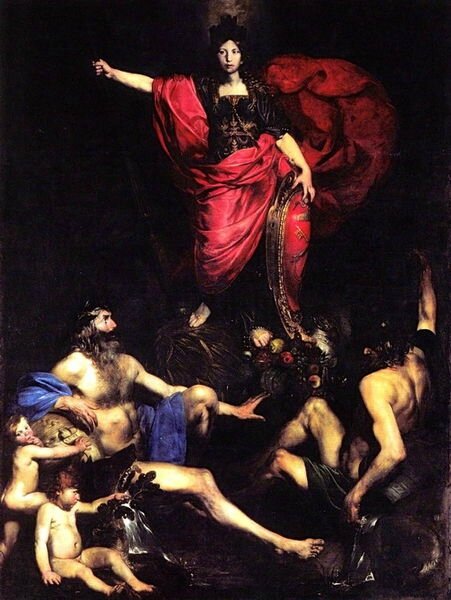
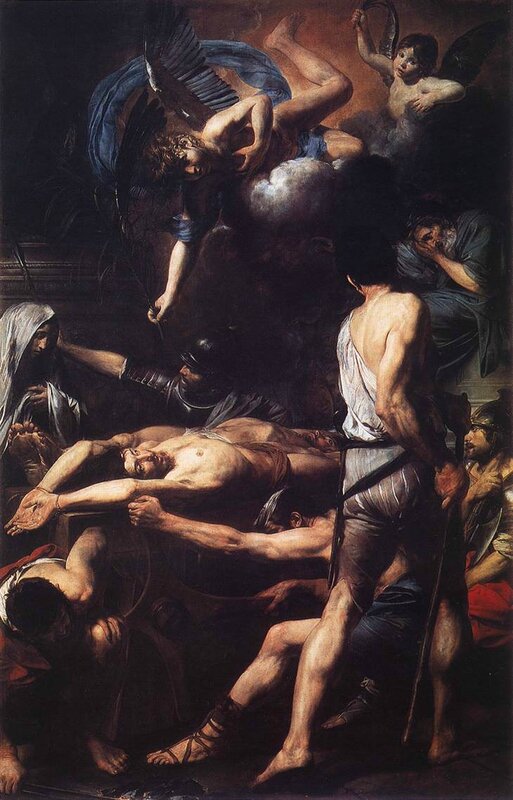

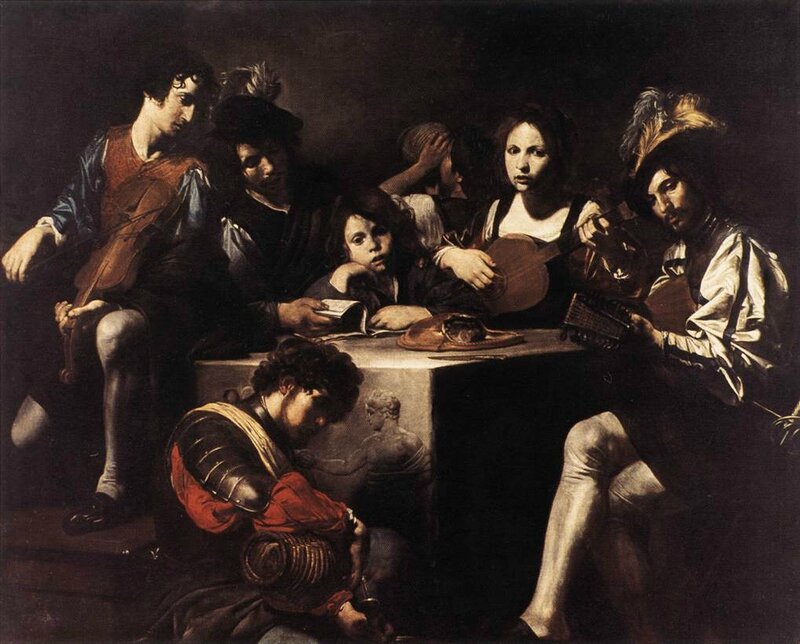

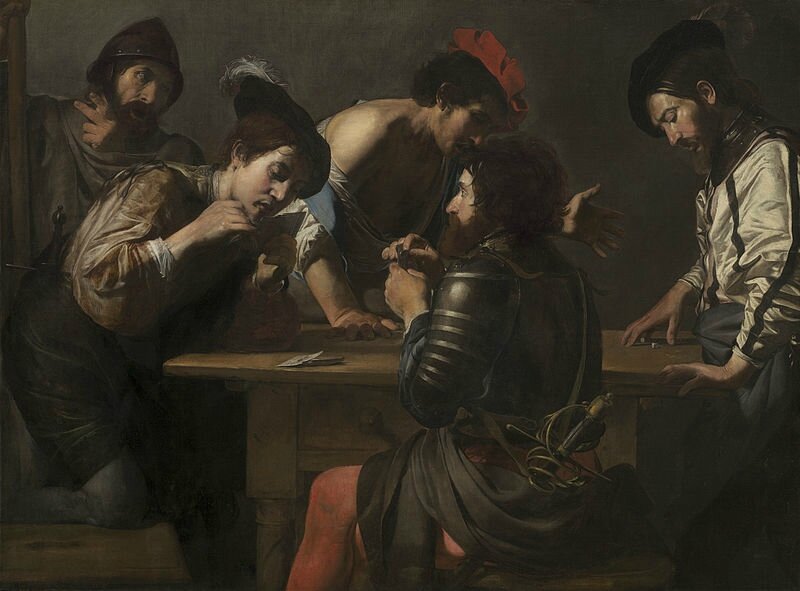
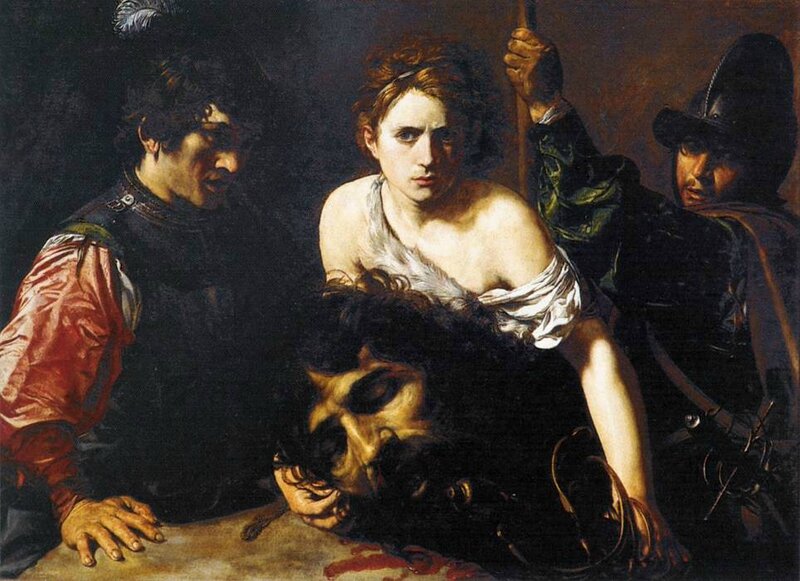
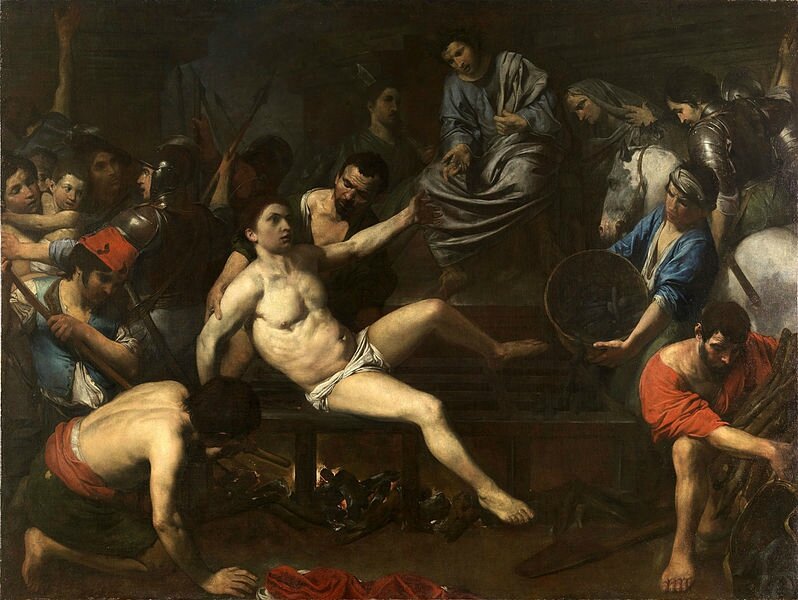


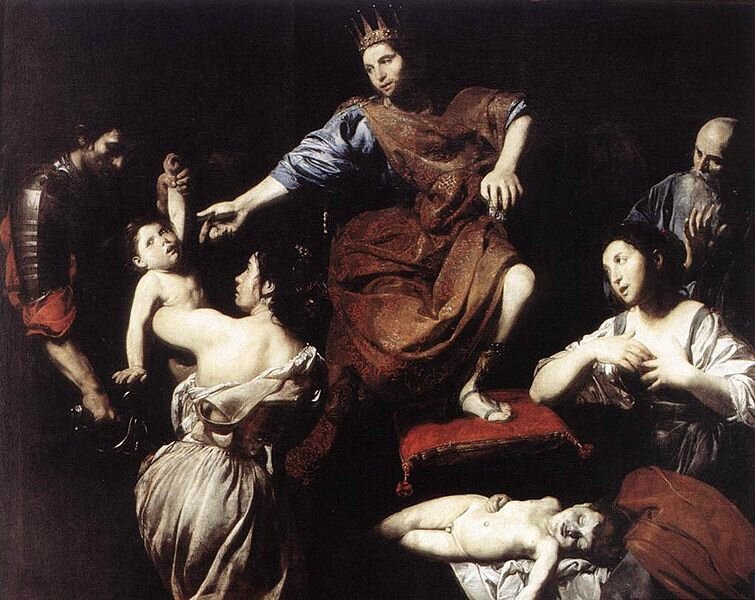



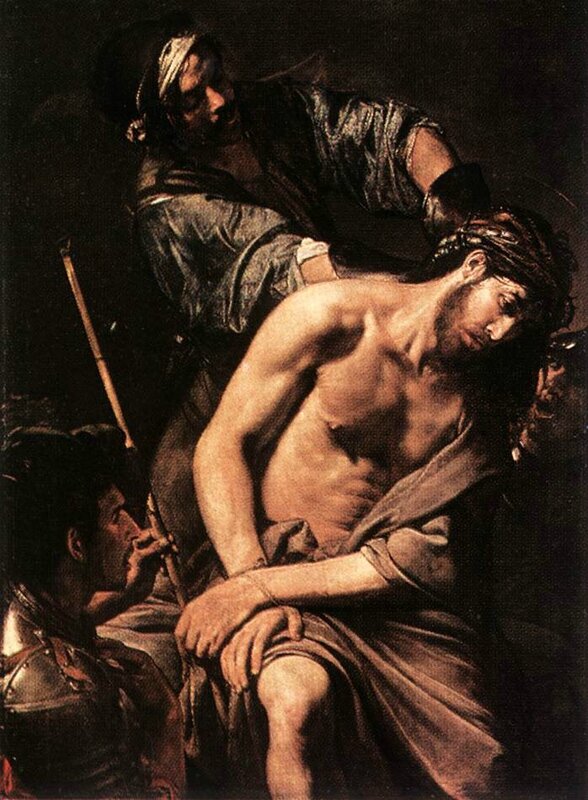


/http%3A%2F%2Fstorage.canalblog.com%2F80%2F09%2F119589%2F111537594_o.jpg)
/http%3A%2F%2Fstorage.canalblog.com%2F81%2F65%2F119589%2F111018701_o.jpg)
/http%3A%2F%2Fstorage.canalblog.com%2F60%2F42%2F119589%2F122236959_o.jpeg)
/http%3A%2F%2Fstorage.canalblog.com%2F56%2F27%2F119589%2F111086358_o.jpg)